Coffee roasting | what is Japanese slow baking and Nordic fast baking?
Professional coffee knowledge exchange more coffee bean information please follow the coffee workshop (Wechat official account cafe_style)
When it comes to coffee roasting genres, Japanese slow baking and Nordic fast baking are probably the most heard.
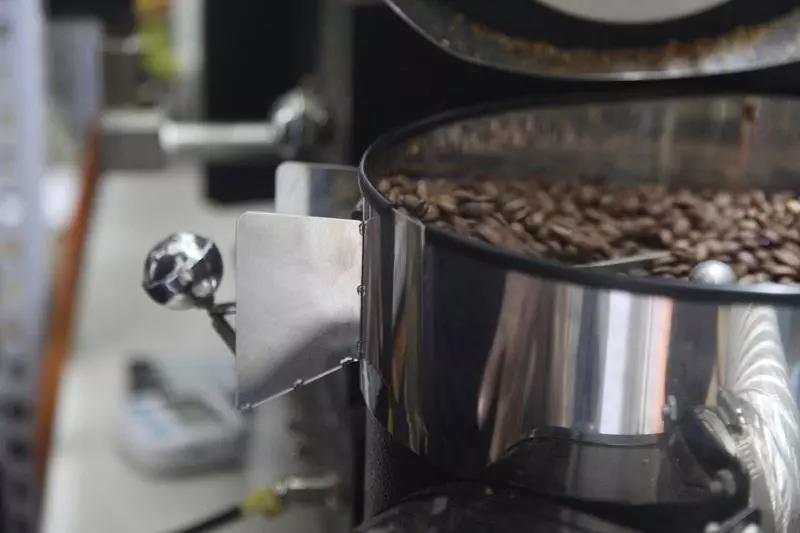
The origin of the two kinds of roasting should probably be seen from two completely different ways of coffee tasting: Japanese pay attention to taste, Nordic people pay attention to aroma; Japanese tongue does not like sour taste and is more sensitive to astringent and miscellaneous tastes, so coffee is required to be clean and mellow, while Nordic people prefer sweet and sour coffee more because of the climate, and pay more attention to the feeling of aroma (no wonder they have tall noses).
The beans selected this time are Yega snow caffeine, sun [Waka], which are handled by the Banke processing plant.
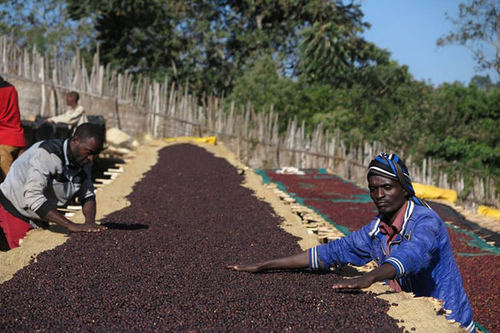
From this, we know the basic difference between these two kinds of baking-baking slowly, such as stewed crispy meat, and finally receiving juice, with good ripeness, sweetness and roundness; fast baking, such as fried steak, fried over high fire until tender, and then cooked over low heat, so that the coffee can be fully developed and pursue the aroma of flowers and fruits.
The above are all "theories" spread in the community, so let's practice today to see the difference between slow baking and fast baking in terms of technique and flavor expression.
Brief introduction:
In the village of Worka, there are many raw bean processing plants, both belonging to cooperatives and private companies. BankoFactory is closely related to Woka Cooperative (WorkaCoop). Small coffee farmers in Woka Cooperative, because the cooperative's processing plants are unable to bear the load of fruit harvesting at the same time, they can choose to share the work with the nearest raw bean processing plant, that is, the Banca processing plant.
The family members of small coffee farmers in WorkaCoop have a total planting area of about 763 hectares and an annual output of 460 tons. These small farmers cultivate an average of about 1 hectare of coffee at an altitude of about 1850 to 2100 meters, and the coffee varieties are mainly ancient superior native species (Heirloom). The average output of each small-scale coffee farmer is 650 per hectare, 700 kg per hectare. The main local production mode is that small-scale coffee farmers will harvest red fruits and send them directly to the cooperative's treatment plant for unified treatment.
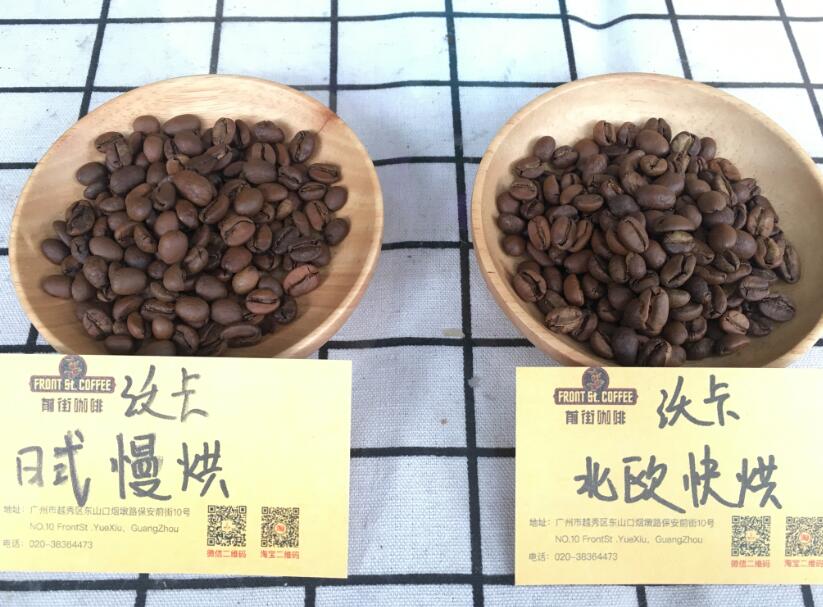
This batch of raw coffee beans from the Waka Cooperative, using the sun treatment method, and assessed by ECX as the highest grade of G1, from the appearance, consistency and freshness of raw beans to dry aroma and flavor, with the characteristics of Yega Xuefei.
Let's take a look at our two baking curves.
First of all, slow drying, through the adjustment of the throttle and firepower to make the temperature rise more stable: the throttle is adjusted from 20% to 80%, and in order to ensure a steady temperature rise, the firepower is increased by 10% at the yellowing point to make up for the heat taken away by the ventilation. An explosion can be heard in an orderly way.
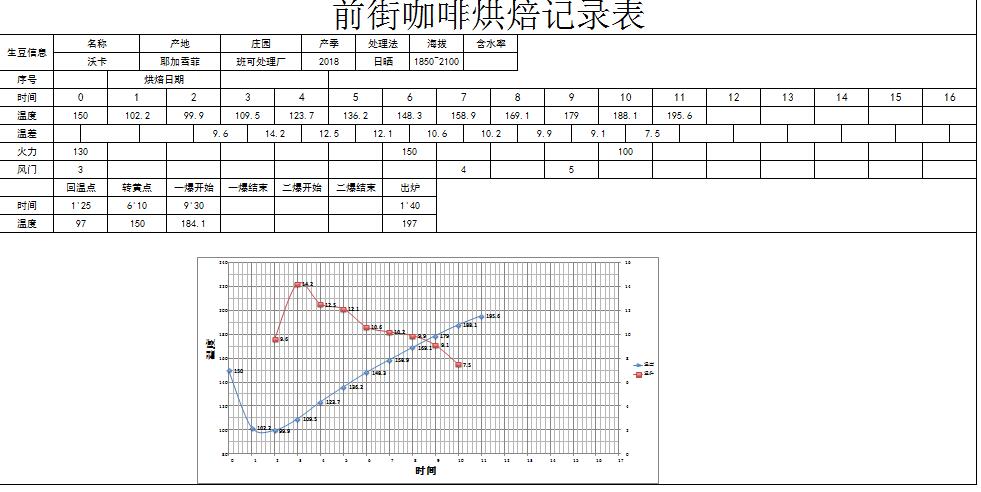
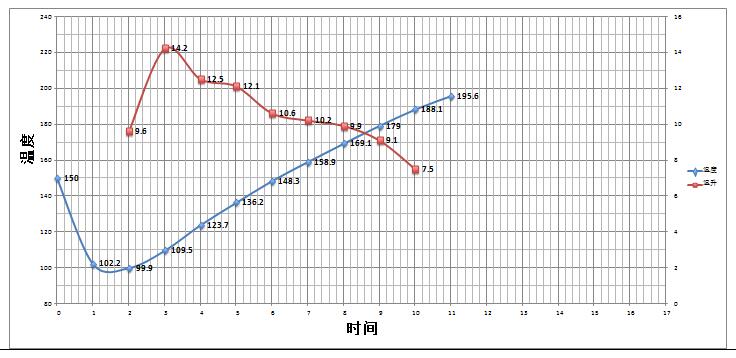
Then is the fast baking furnace, we first start with a lower input bean temperature, start with a relatively large firepower adjustment, keep 80% before the throttle burst, emphasizing the hot air efficiency to simulate the European-style roaster environment. As shown in the picture, the return temperature is faster than that of the last furnace, and the early temperature climbs rapidly. the development time accounts for a large proportion of the total time by reducing the fire step by step at the turning yellow point, brown point and one explosion point to prolong the development flavor of Mena reaction.
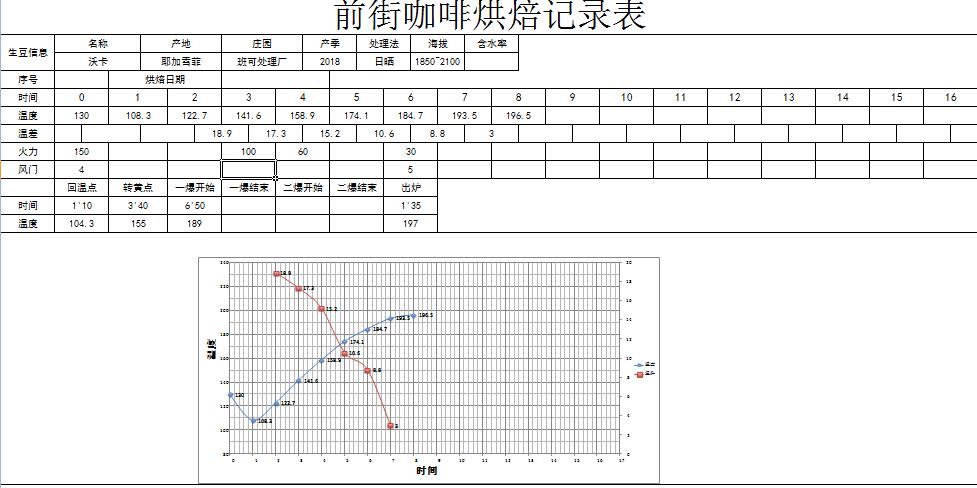
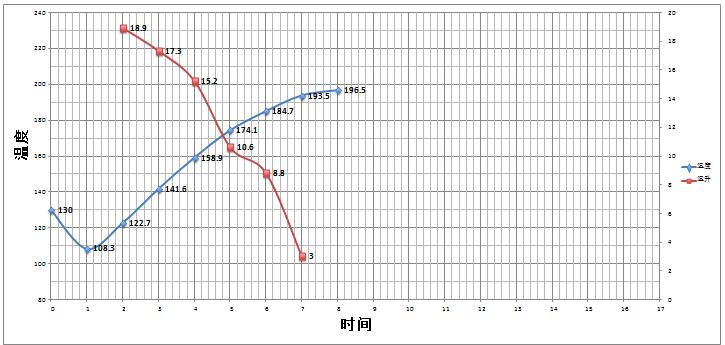
From the appearance of cooked beans, slow-baked beans stretch and the color is relatively uniform. After grinding, the color difference of slow drying is smaller, while the color difference of fast drying is more obvious.
Cup test comparison:
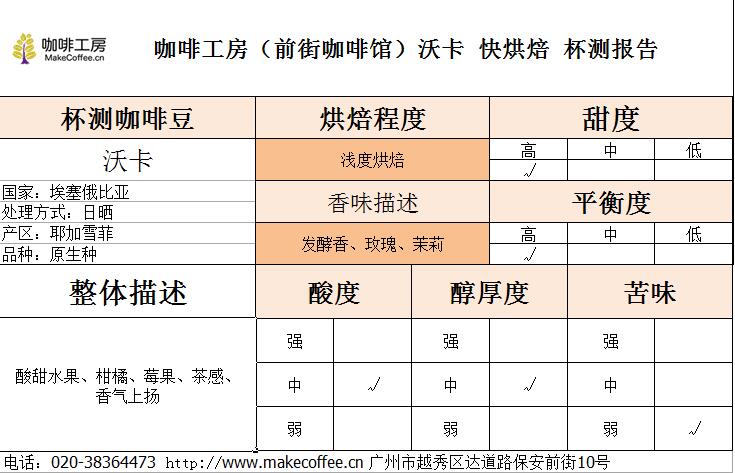
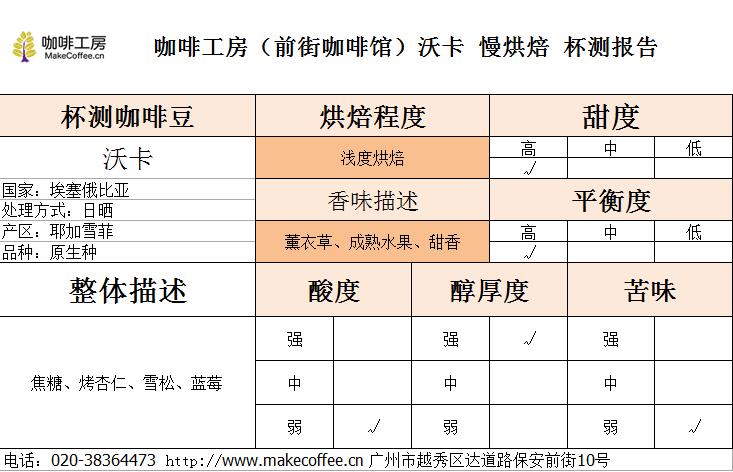
Finally, let's sum up: from the appearance and cup test of ripe beans, we can know that the Japanese slow-baked coffee has a better overall consistency, a calm and sweet taste, a softer entrance and a more significant caramelized flavor; although the appearance of fast baking in northern Europe is slightly inferior, but the entrance is floral and fruity, with a hint of tea, and the aroma is higher. In the case of raw beans, fast roasting in northern Europe will have higher requirements for the quality of raw beans, because the beans that are not well baked in this way will highlight their shortcomings, while the requirements of Japanese slow baking for raw beans are relatively relaxed, especially for coffee such as Mantening. it is more suitable to use slow baking to enlarge the advantage. Slow baking is due to the balanced entry of calories and high maturity, so the bean cultivation period is relatively short. The editor has tried to drink it in 2 hours at the earliest, and there is no dryness at all; and just as a good steak has to be placed and cooked to taste the best flavor, the fast baking period is relatively long, but after the bean cultivation is finished, the aroma can make people relaxed and happy in the instant of grinding beans.
For the shaping of coffee flavor, different roasters have different understanding, so there is no standard answer ~ the above is just the editor's opinions on baking, please point out the inadequacies.
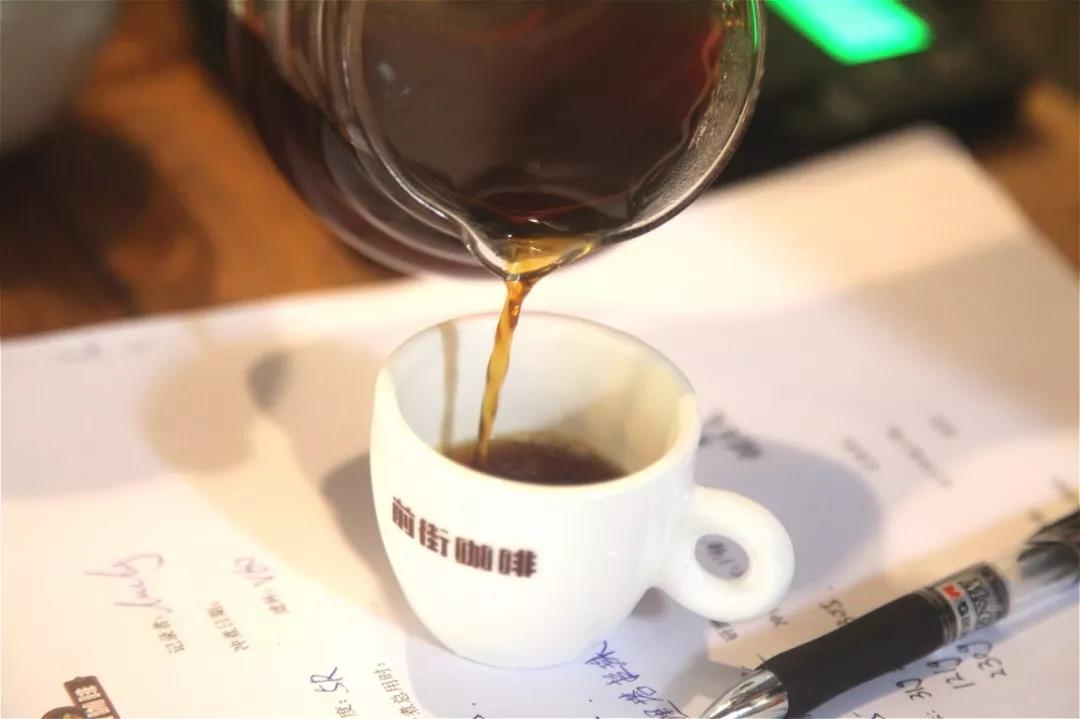
A good cup of coffee comes from the careful cultivation of the coffee farmer, the careful handling of the processing plant, the ingenuity of the roaster and the precise operation of the barista, and finally the pleasant mellow taste reaches your taste buds.
-- to the coffee man.
Important Notice :
前街咖啡 FrontStreet Coffee has moved to new addredd:
FrontStreet Coffee Address: 315,Donghua East Road,GuangZhou
Tel:020 38364473
- Prev
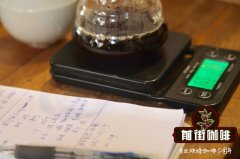
How to choose raw bean coffee? What kind of raw bean coffee do you have?
Professional coffee knowledge exchange more coffee bean information Please pay attention to the coffee workshop (Wechat official account cafe_style) Raw Bean Coffee is coffee made from beans of origin, usually pure coffee without milk or sugar. For example, the famous Blue Mountain Coffee, Brazilian Coffee, Italian Coffee and Colombian Coffee are all named after the origin of coffee beans. Mocha coffee and
- Next
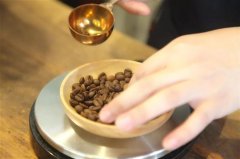
The skill of making coffee by hand | how should I make it with three-stage extraction?
Professional coffee knowledge exchange more coffee bean information please follow the coffee workshop (Wechat official account cafe_style) fans left messages, when is the timing of this water injection, how to fill the three-stage water? Also, is the steaming time calculated from the beginning of water injection, or is it timed after water injection? First of all, the editor first explains: the editor demonstrates and suggests the parameters.
Related
- Beginners will see the "Coffee pull flower" guide!
- What is the difference between ice blog purified milk and ordinary milk coffee?
- Why is the Philippines the largest producer of crops in Liberia?
- For coffee extraction, should the fine powder be retained?
- How does extracted espresso fill pressed powder? How much strength does it take to press the powder?
- How to make jasmine cold extract coffee? Is the jasmine + latte good?
- Will this little toy really make the coffee taste better? How does Lily Drip affect coffee extraction?
- Will the action of slapping the filter cup also affect coffee extraction?
- What's the difference between powder-to-water ratio and powder-to-liquid ratio?
- What is the Ethiopian local species? What does it have to do with Heirloom native species?

